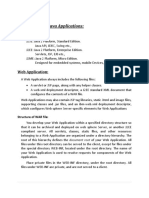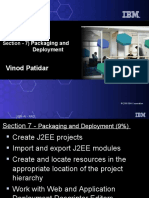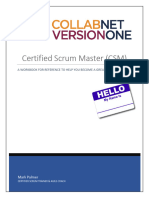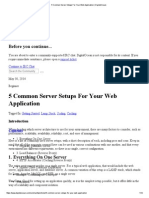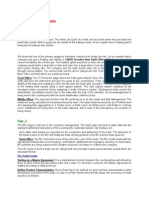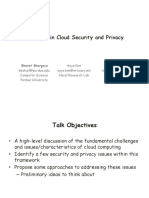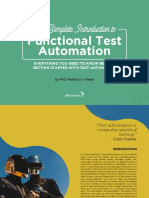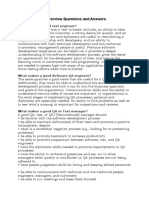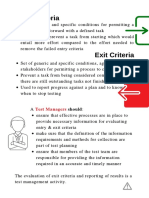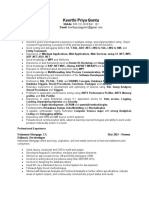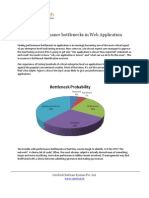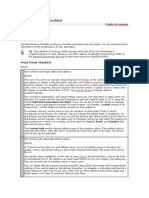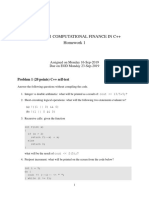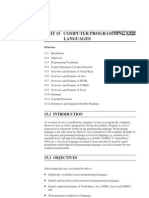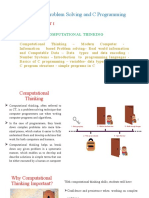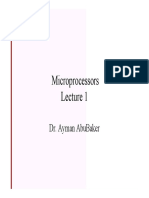0% found this document useful (0 votes)
110 views55 pagesSoftware Estimation Tracking
This document discusses approaches for estimating software project costs and schedules. It covers identifying tasks, estimating sizes and productivity, using parametric models, scheduling tasks, assigning costs, and putting the full estimate together. Tracking actuals against estimates is also discussed. Estimates should be improved by understanding requirements fully and using historical data. The estimate must be carefully managed and updated as the project progresses.
Uploaded by
Ucet TindivanamCopyright
© © All Rights Reserved
We take content rights seriously. If you suspect this is your content, claim it here.
Available Formats
Download as PPT, PDF, TXT or read online on Scribd
0% found this document useful (0 votes)
110 views55 pagesSoftware Estimation Tracking
This document discusses approaches for estimating software project costs and schedules. It covers identifying tasks, estimating sizes and productivity, using parametric models, scheduling tasks, assigning costs, and putting the full estimate together. Tracking actuals against estimates is also discussed. Estimates should be improved by understanding requirements fully and using historical data. The estimate must be carefully managed and updated as the project progresses.
Uploaded by
Ucet TindivanamCopyright
© © All Rights Reserved
We take content rights seriously. If you suspect this is your content, claim it here.
Available Formats
Download as PPT, PDF, TXT or read online on Scribd
/ 55


